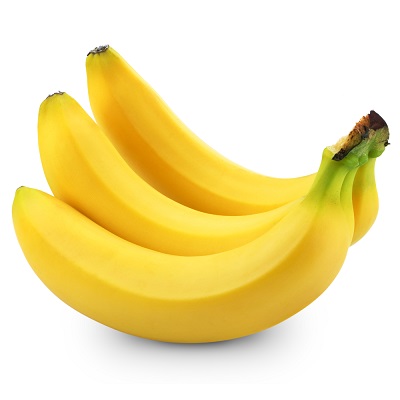No humans have left Low Earth Orbit since 1972, an achingly long time given the fervour of excitement surrounding the Apollo program that saw twelve men walk on the Moon. That said, eyes are starting to focus on Mars as a credible target for people to explore. The US have said they’re aiming for a ‘Mars-shot’ in the 2030s. PayPal founder and space entrepreneur Elon Musk is looking at the 2020s for a private mission.
The trouble is that Mars is much further away than the Moon – with current rocket technology it is at least a six month trip there (let alone the trip back again). That amount of time in space is dangerous to the human body as it increases exposure to harmful space radiation and prolongs the damaging effect of weightlessness on the muscles and skeleton.
So in science fiction stories you’ll often read of astronauts travelling by a much swifter mode of transportation: the antimatter rocket. Antimatter is the mirror image of ordinary matter. For every conventional particle we know of – say the electron and the proton – there exists another particle with the opposite charge but otherwise identical properties (the positron and antiproton). The key is that when a particle meets its antiparticle they destroy each other in a flash of energy according to Einstein’s famous equation E=mc2. It’s that energy you can use to power your rocket. The energy packed into antimatter is a billion times the energy in ordinary rocket fuel, with estimates suggesting you’d need just four milligrams of antimatter to get to Mars in a matter of weeks.
The issue is that antimatter is incredibly rare, created in thunderstorms and particle accelerators such as those at CERN. But there is another, more everyday source of antimatter: the banana. The fruit contains two kinds of potassium – potassium-39 which is stable, and a tiny amount of potassium-40 which is radioactive. As the potassium-40 decays, it produces a positron on average every 75 minutes. So just how long it would take to collect enough positrons from bananas alone to get us to Mars?
Well, according to a report by the Food and Agriculture Organisation of the United Nations, we produce 16.5 million tonnes of bananas globally every year. That’s a great start: if the average banana weighs 120 grams then we’re talking about 137.5 billion bananas a year. If we’re going to maximise the positron producing power of all these bananas then we’ll need a place to store them. Conducting a small experiment in my kitchen, a banana just about floats under the surface of a bowl of water, suggesting a banana’s density is similar to water – 1000 kilograms per cubic metre. So we’d need 16.5 million cubic metres to store them in. That’s only slightly bigger than the world’s largest building by usable space – the Boeing Everett Factory in Washington originally built to construct the Boeing 747.
So far so good. But how long would we have to wait to rack up enough positrons? With 525,600 minutes in a year, each banana would create around 7000 positrons annually (assuming they don’t rot, maybe we keep them all cold). Now for the hard part: the mass of a positron is a measly 0.0000000000000000000000000000091 kilograms – we’re going to need an awful lot of them. So, despite our global supply of bananas creating nearly a thousand trillion positrons per year, you’d still need to wait 4 billion years to amass enough for a trip to Mars. Given that that’s only a slightly shorter time period that the current age of the Earth, perhaps we’ll need to look elsewhere for a fuel source to make our Martian dreams a reality. It’s over to Elon Musk and his Big F***ing Rocket.
